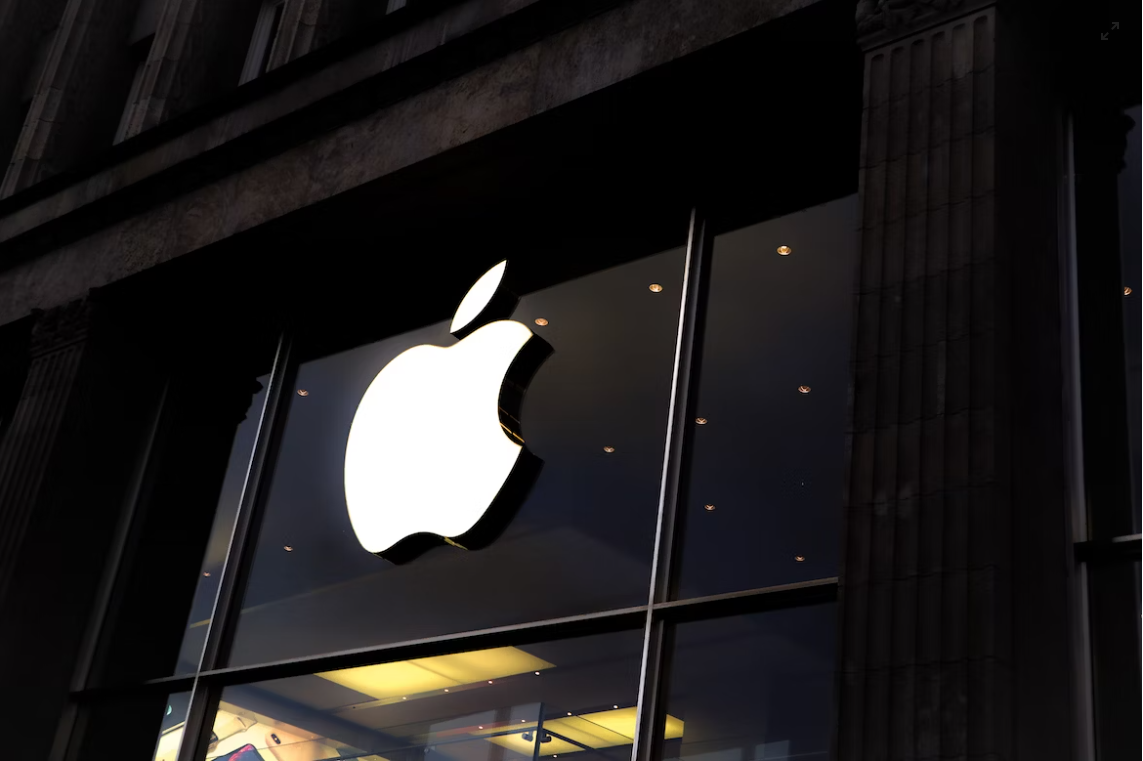 Author: Ian Aldridge, Progressive Legal
Author: Ian Aldridge, Progressive Legal

Trademark Examples – Their Significance for Businesses

In the competitive world of business, creating a unique and recognisable brand is crucial for success. A strong trademark serves as a valuable asset that distinguishes your products or services from competitors.
On this page, we will discuss what a trademark is, well known trademark examples from Australia and around the and their significance for business owners like you. We’ll also provide valuable insights into how these big-name brands use trademarks to protect their businesses.
What is a trademark?
Before we dive into trademark examples, let’s first understand what a trademark is. A trademark is a distinctive symbol, logo, word, phrase, or combination thereof that identifies and distinguishes the goods or services of one business from those of others.
It serves as a powerful tool for your business to establish their brand identity and protect your intellectual property rights. A well-crafted trademark not only captures the essence of a business but also becomes a visual representation of its reputation, values, and offerings.
By creating a unique and recognisable trademark, businesses can forge a strong connection with their target audience, foster trust and loyalty, and stand out in a crowded marketplace.
Now, let’s explore some trademark examples from around the world.
Trademark examples of cruise lines and why they’re successful
Let’s take a look at the trade marks of well-known cruise ship enterprises: Royal Caribbean International, Princess Cruises, and Disney Cruise Line.
Despite each brand being very different from one another, all three cruise lines share similar elements in their logo: each one includes the colour blue, they all include some integrated depiction of either ocean waves, or sailing iconography, and they each stretch horizontally, taking up a rectangular shape.
While their trade mark logos have similar characteristics, they still find ways to uniquely portray what they offer.
Royal Caribbean Cruises
Royal Caribbean Cruises features the ‘crowned anchor’ as its emblem. This symbol design is derived from early cap badges of the Royal Norwegian Navy.
This Navy dates back to early sea exploration, hence Royal Caribbean’s slogan, “come seek” – a nod to their exploring past. Royal Caribbean uniquely focusses on developing their business’ entertainment but also creating more travel routes and destinations for their customers.
Princess Cruises
Princess Cruises uses the “Princess” iconography and name to emulate the brand’s dedication to creating a luxurious and safe experience for its customers.
By contrast, they cater their cruises to adults, with top-tier luxury features on the ship, and high-quality service and fine dining options. Their tagline: “come back new,” fitting for their dedication to sophisticated, luxury adult cruises.
Disney Cruise Line
Disney Cruise’s trade mark logo really represents their focus on entertainment. As a Disney Subsidiary, the logo includes the Mickey Mouse silhouette, but it also appropriates the well-known ‘Newport Classic SG’ font.
This is commonly featured in the movie and entertainment industry, sending the message that Disney Cruises intends to entertain.
Disney’s tagline as a trademark example
Taglines often accompany a developed brand’s logo. The purpose of a tagline is to capture your audience by providing a glimpse of the value you can offer to customers and clients.
The very first line of Disney Cruise’s mission statement: “to entertain…,” showing that Disney has specifically designed its cruise line brand with an intentional allusion to entertainment and Disney’s entertainment prowess.
The key to writing a good tagline is like creating a strong logo: simplicity, and memorability. The tag line should be a way for people to understand what your brand is achieving, or how the product or service can help people.
Taglines can be compared to the comment under a picture on Instagram or any other social media. The picture draws our attention, and the caption lets us know the author’s interpretation of the picture, and what they intended the picture to show to their audience.

Famous global trademark examples and why they’re successful
Let’s take a look at some more global trademarked brands that you’ll definitely be familiar with and why their successful.
Coca-Cola
Let’s start with one of the most iconic trademarks globally, Coca-Cola. This fizzy beverage behemoth has created an everlasting brand presence.
The distinct script font and vibrant red colour scheme make it instantly recognizable, ensuring consumer loyalty for over a century. Coca-Cola’s trademark is a testament to the power of simplicity and consistency in branding.
Apple
When it comes to modern technology, Apple has made an indelible mark. The iconic apple with a bite taken out of it is a prime example of a minimalist yet impactful trademark.
Apple’s logo represents innovation, cutting-edge design, and user-friendly experiences. Its success lies in its ability to convey a complex message with simple imagery.
Google, the search engine giant, has revolutionized the way we navigate the web. The trademark, featuring colourful letters in a friendly font, has become synonymous with finding information instantly.
Its branding strategy focuses on accessibility and approachability, making Google a trusted name across the globe.
Nike
When you see the Nike logo, known as the “Swoosh,” you immediately associate it with athletic excellence and inspirational achievements.
The simple and dynamic design has made Nike a leader in the sports apparel industry. The Swoosh embodies motion and energy, encouraging individuals to push their limits and strive for success.
McDonald’s
McDonald’s, the fast-food giant, has built an empire around the famous Golden Arches.
This distinctive trademark is recognised worldwide, making McDonald’s a staple in the global fast-food industry. The golden “M” evokes a sense of familiarity and signifies a quick, convenient, and affordable dining experience.
Key Takeaways
Trademarks are more than just symbols; they are essential assets for businesses aiming to create a distinct and memorable brand.
The examples of global trademarks discussed in this article, including Coca-Cola, Apple, Google, Qantas, McDonald’s, and Nike, illustrate the power of effective branding strategies.
For Australian business owners, understanding the significance of trademarks is crucial for establishing a strong market presence, building customer trust, and protecting intellectual property.
By crafting a unique and recognisable trade mark, you can pave the way for long-term success and growth in your industry.
Remember, a well-designed trade mark can be your business’s most valuable ally, transcending borders and captivating customers around the world. If you need any help with trade marking make an enquiry below or feel free to contact our experienced trade mark lawyers on 1800 820 083.
Need Trade Mark Help?
Please get in touch with us today via phone or the contact form on this page.


